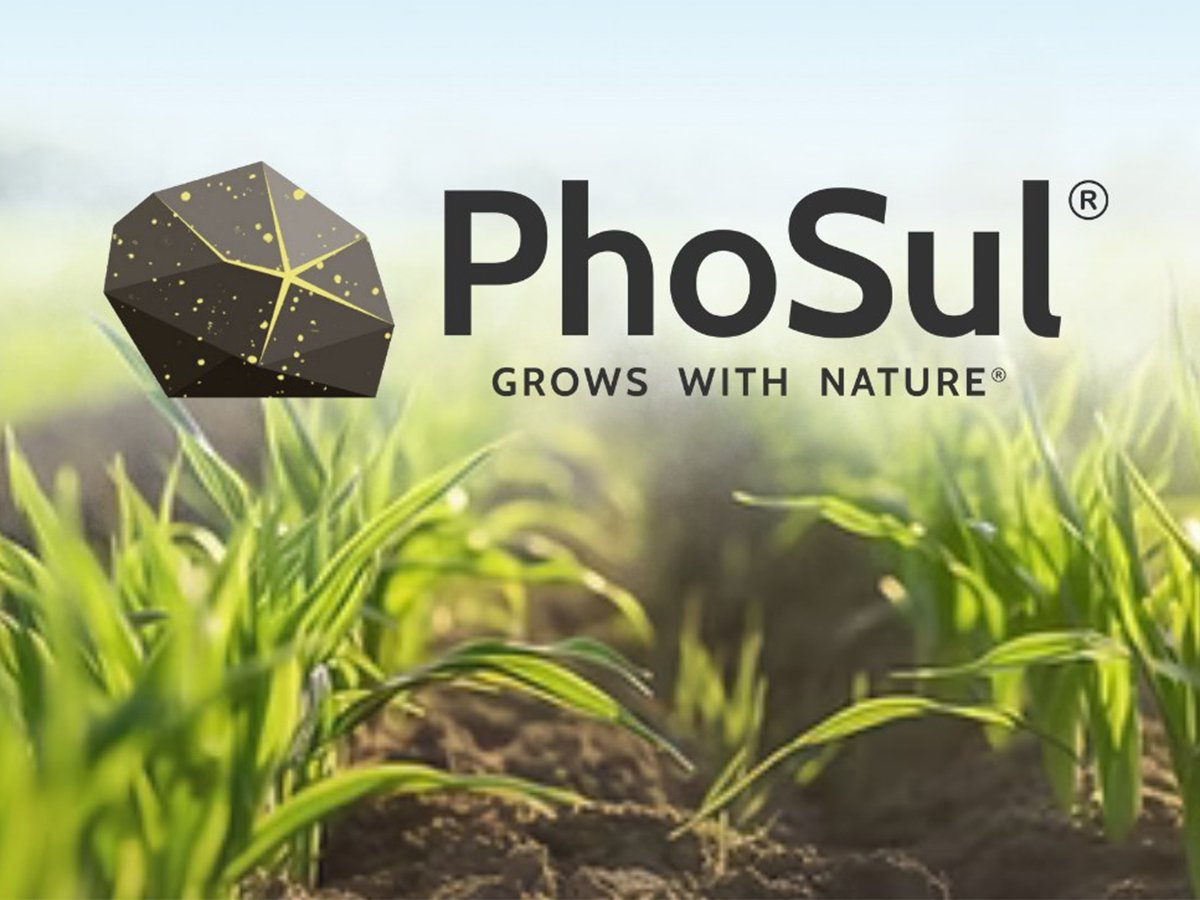A researcher at Georgia State University has devised a system that uses natural enzymes to extend the ripening time of fruits and vegetables.
Microbiologist George Pierce has developed a method that uses a naturally occurring soil micro-organism – no larger than the width of a human hair – to induce enzymes that can extend the shelf life of fruits and vegetables and help to keep fresh flowers in bloom longer.
“These beneficial soil micro-organisms serve essentially the same function as eating yogurt as a probiotic to have beneficial organisms living in the gastrointestinal system,” said Pierce.
Read Also

New fertilizer product aims to reduce tie-up, improve soil health
A new phosphorus fertilizer, launched at Ag in Motion 2025, promises to reduce nutrient tie-up and deliver slow-release feeding throughout the growing season.
The micro-organisms used in Pierce’s research are common to many soils and beneficial to plants.
The process works by manipulating the micro-organism’s diet so that it will over-express certain enzymes and activities that work in the ripening or blooming process.
“We change the diet of the organism and we can change its performance,” said Pierce.
“It’s no different than taking a good athlete, putting him on a diet and exercise regime and turning him into a world-class athlete.”
Fruits such as apples, bananas, peaches and tomatoes respond to seasonal weather changes and they produce increased levels of signal compounds like ethylene.
For peaches, ethylene causes the fruit to ripen, increases aroma chemicals but makes the peach very fragile.
“They will fall apart,” said Pierce.
“(A peach) will lose 90 percent of its ability to resist pressure, which means that if a peach responds normally to ethylene, it is subject to bruising when you ship it.”
The enzymes produced from Pierce’s new method reduce the response to signal compounds so that it takes longer for fruits to ripen.
This process could have a big impact on preventing food waste, improving the consumption of healthy fruits and vegetables, and allowing shipment of produce so it arrives in peak condition.
By some estimates, as much as 40 percent of the fresh food and vegetables grown in North America is thrown away in the garbage.
Pierce’s research aims to curtail those losses by slowing the ripening process after fruits and vegetables have been harvested.
“Everything we have done is post harvest,” he said.
“With the data, we have been able to show there is no issue to safety. Over several seasons we have studied peaches, bananas, avocados and cut flowers in a control area.”
Pierce said there is a lot of testing and evaluation to be done. A number of crops will be tested under the model system to evaluate the range of fruits and vegetables that can be impacted.














